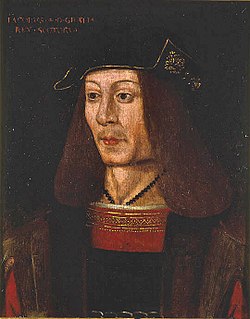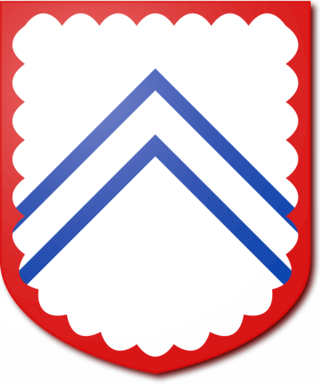Career


Shaa was a London goldsmith. From 1462 until 1483, his uncle, Edmund, also a goldsmith, had been engraver to the Royal Mint. John Shaa succeeded him in the post, and served for several years as engraver until, on 20 November 1492, he and his fellow goldsmith, Sir Bartholomew Rede, were appointed joint Masters of the Mint. [7]
Shaa's sales of silver and gold plate to Henry VII are recorded in the privy purse expenses, and on two occasions he was compensated for furnishing the gold heraldic knots and roses for the Order of the Garter. His financial dealings with Henry VII were considerable. On 13 January 1499, he was reimbursed £667 2s 11d for supplying New Year's gifts and for the 'making of divers jewels and setting and polishing of stones', as well as for funds supplied to 'Master Seymour' for the 'works at Windsor'. [8]
Shaa was elected Member of Parliament for City of London in 1495 and Sheriff of London in 1496-7, [9] [10] and with his fellow Sheriff, Richard Haddon, was among those dubbed knight in June 1497 by Henry VII at the foot of London Bridge after the Battle of Blackheath. [11]
In 1501 Shaa was elected Lord Mayor. During his term of office, ambassadors were sent from Scotland to arrange the marriage of Henry VII's elder daughter, Margaret Tudor, with James IV, King of Scotland. At a banquet hosted by Shaa for the ambassadors in Christmas week in December 1501, the poet William Dunbar declaimed verses in honour of the City of London which included these lines in praise of Shaa: [12]
London, thou art of Townes A per se . . .
Thy famous Maire, by pryncely governaunce,
With swerd of justice, thee rulith prudently.
No Lord of Parys, Venyce, or Floraunce
In dignytie or honoure goeth to hym nye.
He is exempler, loode-ster, and guye;
Principall patrone and roose orygynalle,
Above all Maires as maister moost worthy:
London, thou art the flour of Cities all.
During Shaa's term as Lord Mayor, Catherine of Aragon arrived in London as the bride of Henry VII's eldest son, Arthur, Prince of Wales. Shaa was part of the deputation of London civic authorities and members of the livery companies who were instructed to meet her ship 'in their several barges, after their manner accustomed, at Deptford', and to 'hail and salute her in the best manner they can'. [13]
While he was Lord Mayor, Shaa instituted a 'court of requests' in the City of London to administer justice more equitably. It proved unpopular, as it was said to have favoured the poor more than 'justice and good law required'. [14] [15]
During his term as Lord Mayor, Shaa caused a kitchen to be added to the London Guildhall. He was said to have been 'the first that kept his feast there'. [16] [10] He also instituted another tradition, the procession from the Guildhall to the state barge on which the Lord Mayor travelled to Westminster to be sworn. [10]
Shaa was appointed for a second term as MP in 1503, [9] though as Parliament did not assemble until 25 January 1504 he may have died before attending. He made his will on 26 December 1503, which was proved 14 May 1504, and was buried in the Mercers' chapel in the church of St Thomas of Acres.
Sir John Shaa's arms were Argent, a chevron between three lozenges ermine. [17]





